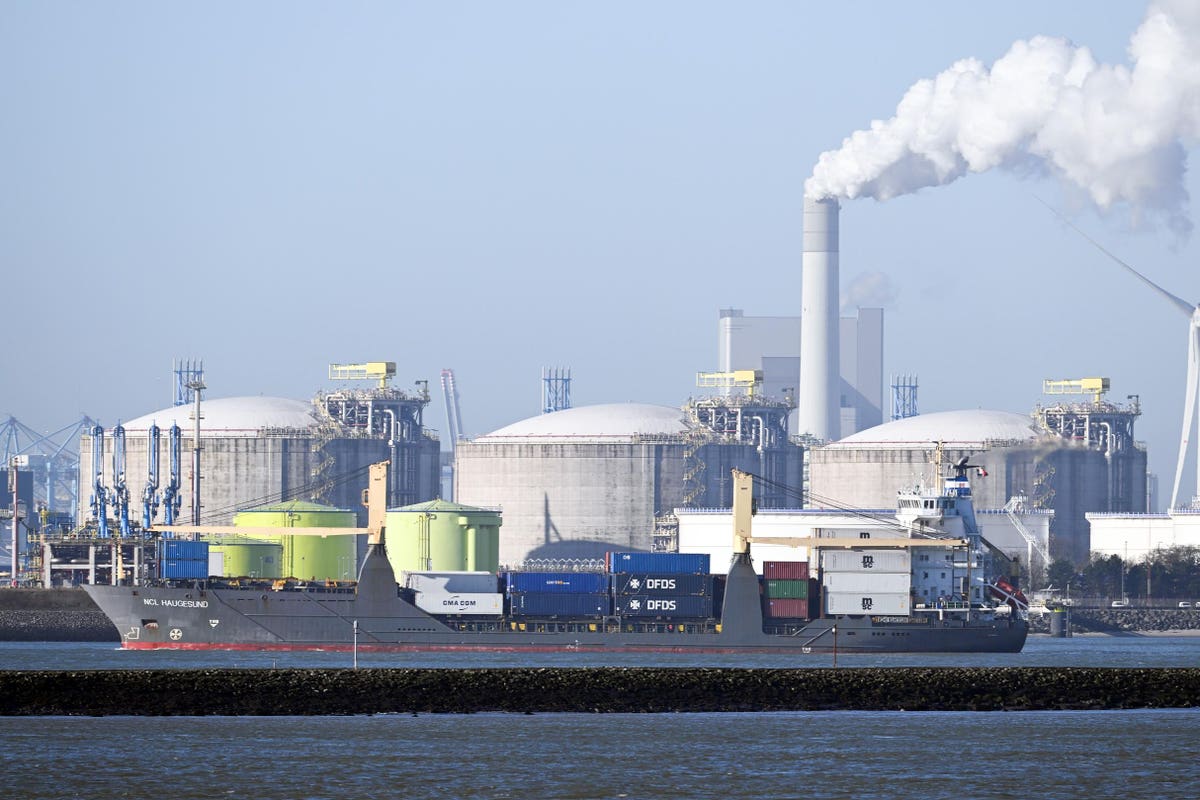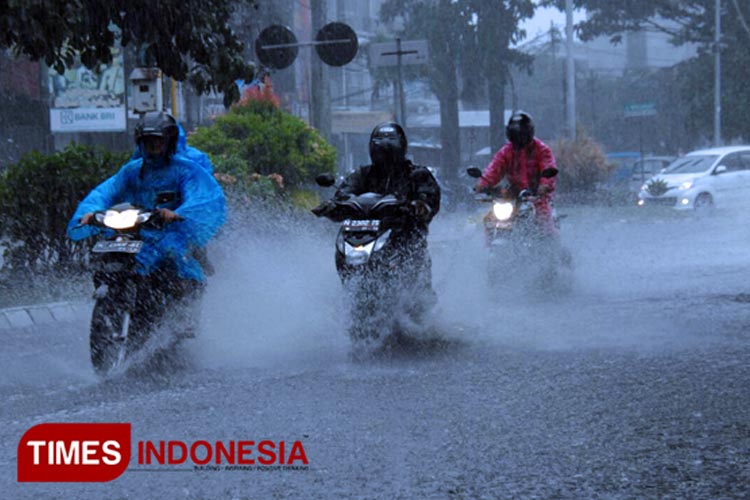Russia-Ukraine Conflict: US Reinforces Northern European Defenses

Table of Contents
Increased US Military Presence in Northern Europe
The strategic rationale behind the enhanced US military presence in Northern Europe is clear: to deter further Russian aggression and reassure NATO allies facing potential threats. The Russia-Ukraine conflict has underscored the vulnerability of NATO's eastern flank, prompting a decisive response to strengthen collective defense. This heightened presence serves as a powerful signal of US commitment to the security of its allies.
Specific examples of this increased presence include:
- Deployment of additional troops: The US has deployed substantial numbers of troops to Poland, the Baltic states (Estonia, Latvia, Lithuania), and other strategically important locations. Exact figures often remain classified for security reasons, but the deployments are substantial and widely reported.
- Rotation of units and equipment: To maintain a persistent and credible deterrent, the US employs a system of rotating units and equipment, ensuring a continuous and robust military posture. This prevents any perception of weakening commitment.
- Establishment and expansion of military bases: Existing bases have been expanded, and new ones have been established in several Northern European countries to improve logistical support and operational capacity. These facilities serve as forward operating bases for rapid response and sustained operations.
- Enhanced intelligence gathering and surveillance: The US has significantly ramped up intelligence gathering and surveillance capabilities in the region, enhancing situational awareness and providing critical information for preemptive measures.
Strengthening NATO's Eastern Flank
NATO's eastern flank, encompassing countries bordering Russia, has become a critical focal point in the wake of the Russia-Ukraine conflict. The US plays a pivotal role in bolstering NATO's collective defense capabilities in this region, acting as a cornerstone of its security architecture. This involves:
- Increased joint military exercises: Regular and large-scale joint military exercises with NATO allies in Northern Europe have become more frequent and sophisticated, enhancing interoperability and readiness.
- Improved communication and coordination: Improved communication networks and enhanced coordination protocols between US and NATO forces are vital for a unified and effective response to any potential threat.
- Shared intelligence and threat assessment: Real-time intelligence sharing and collaborative threat assessments are crucial in preventing escalation and ensuring a robust response to any potential aggression.
- Modernization of military infrastructure: The US is actively supporting the modernization of military infrastructure in the region, investing in improved facilities, communication systems, and defensive capabilities.
US Military Aid and Support to Ukraine's Neighbors
The US has provided significant military aid and support to Ukraine's neighboring countries, recognizing that their security is directly linked to regional stability. This aid aims to enhance their defensive capabilities and deter potential spillover from the conflict.
- Provision of advanced weaponry and equipment: This includes a wide range of advanced weaponry, from anti-tank missiles to air defense systems, significantly boosting their defensive capabilities.
- Military training and advisory assistance: US military personnel provide crucial training and advisory support, helping to build capacity and improve operational effectiveness.
- Cybersecurity support: Given the increased risk of cyberattacks, the US provides substantial cybersecurity assistance to protect critical infrastructure and government systems.
- Financial aid for defense modernization: Significant financial aid is being provided to help these nations modernize their militaries and strengthen their long-term security.
Economic and Diplomatic Implications
The US's actions have significant economic and diplomatic implications.
- Increased defense spending by European nations: The conflict has spurred increased defense spending among many European nations, recognizing the need for strengthened national security.
- Potential for increased tensions with Russia: The increased US military presence and support for Ukraine's neighbors have inevitably increased tensions with Russia, leading to heightened geopolitical uncertainty.
- International efforts to de-escalate the situation: International diplomacy plays a crucial role in attempting to de-escalate the situation and find a peaceful resolution to the conflict.
Conclusion: Russia-Ukraine Conflict: US Reinforces Northern European Defenses – A Necessary Response?
The US response to the Russia-Ukraine conflict, characterized by the reinforcement of Northern European defenses, represents a multifaceted strategy involving increased military presence, strengthened NATO collaboration, and robust support for Ukraine's neighbors. These measures aim to deter further Russian aggression, reassure allies, and contribute to regional stability. While the potential for increased tensions with Russia remains, the US actions are widely seen as a necessary response to safeguard regional security and uphold the principles of collective defense. Staying informed about the evolving situation and the implications of the "Russia-Ukraine Conflict: US Reinforces Northern European Defenses" is crucial for understanding the future trajectory of global security. For further reading, explore resources from reputable think tanks and news organizations covering international relations and defense.

Featured Posts
-
 Analisis Pertandingan Prediksi Skor Bali United Vs Dewa United Head To Head And Susunan Pemain
May 28, 2025
Analisis Pertandingan Prediksi Skor Bali United Vs Dewa United Head To Head And Susunan Pemain
May 28, 2025 -
 Best Tribal Loan Options For Individuals With Bad Credit Scores
May 28, 2025
Best Tribal Loan Options For Individuals With Bad Credit Scores
May 28, 2025 -
 Bali Belly Diagnosis Treatment And Avoiding Future Infections
May 28, 2025
Bali Belly Diagnosis Treatment And Avoiding Future Infections
May 28, 2025 -
 Cuaca Bali Besok Dominan Berawan Waspada Hujan Ringan
May 28, 2025
Cuaca Bali Besok Dominan Berawan Waspada Hujan Ringan
May 28, 2025 -
 Amas 2025 Jennifer Lopez Confirmed As Host
May 28, 2025
Amas 2025 Jennifer Lopez Confirmed As Host
May 28, 2025
